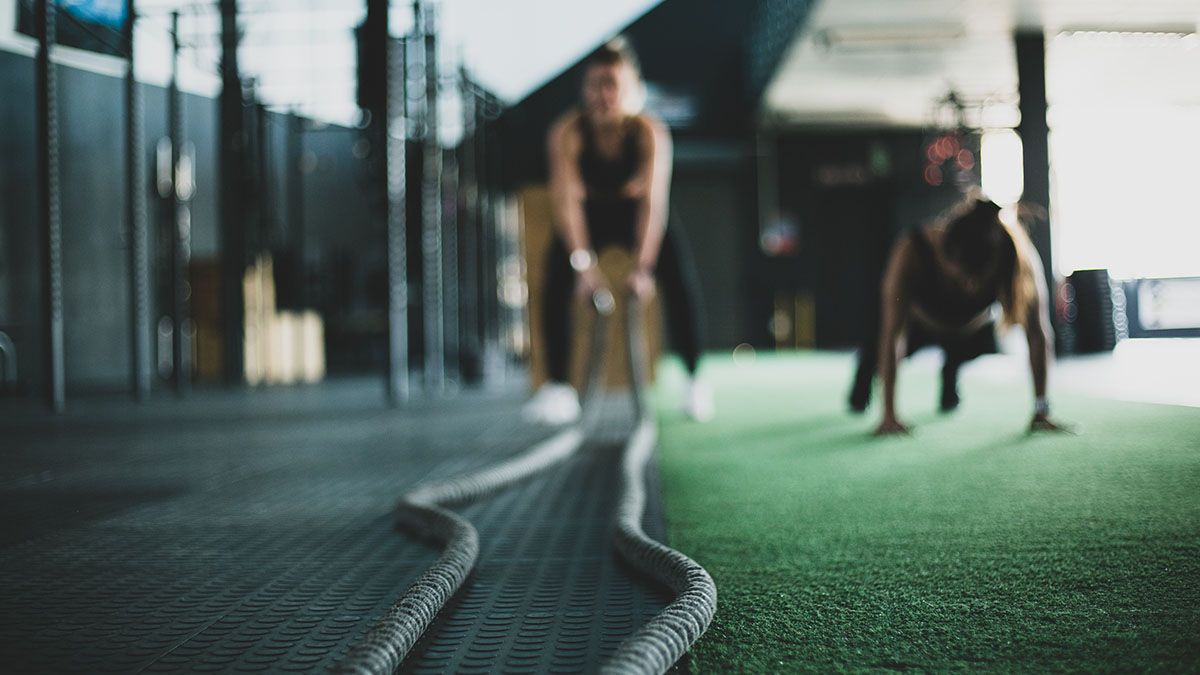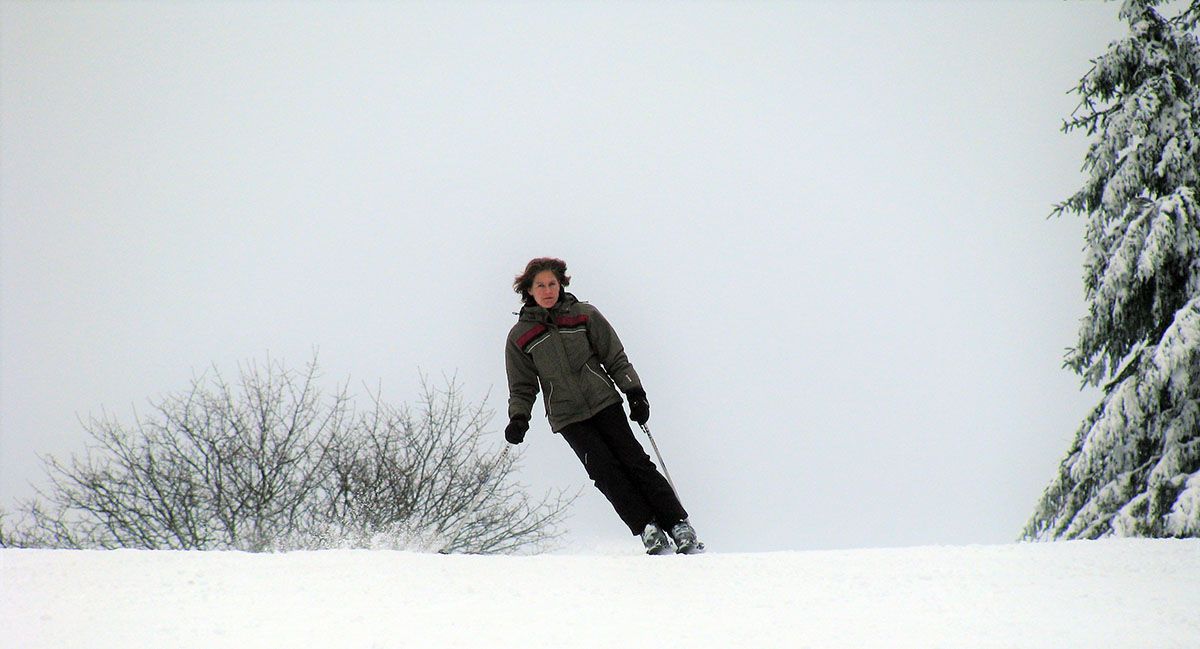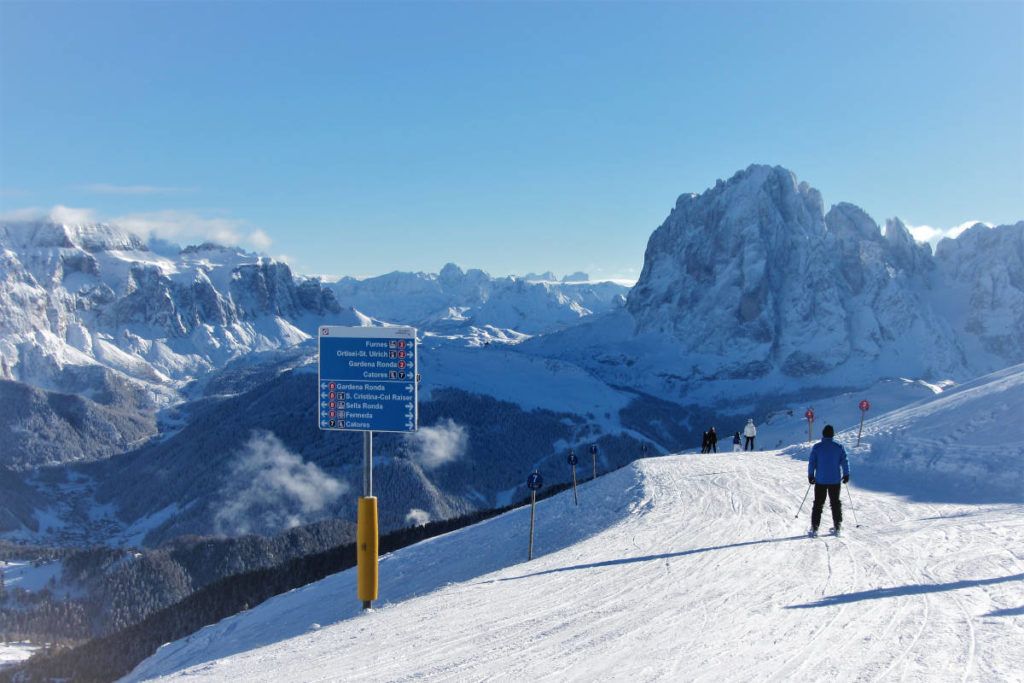Fit for the start of winter sports
It seems far away, but in a few weeks the winter sports season will start again and you naturally want to enjoy the winter conditions to the fullest during that time. It is therefore smart to prepare physically for an active holiday on the slopes. The word says it all: winter sports are indeed sports! You can enjoy your week in the snow much better if you’re not hampered by muscle aches or other discomfort. The fun for winter sports begins when you notice that you are getting in better and better shape.
Physically preparing for a holiday?
It does not sound logical. You go on holiday and to do that, you need to prepare your condition? Yet the answer is YES! In winter sports, you use muscles throughout the week that you normally do not use very much. Besides that, we are all one year older and our condition slowly decreases.
Of course, during a winter sports’ week, you are in the ski lift a lot, sometimes for a long time. Although you may think you are resting nicely there, even then your muscles sometimes have to endure a lot. Especially when it is bitterly cold and you are in an unheated chairlift for 25 minutes. Your muscles get stiffer rather than more flexible. And in combination with a week of many hours of outdoor activities every day, preparation is really necessary. How often in the Netherlands do you spend about 10 to 16 hours enjoying the outdoors? Not very often yet in winter sports you do.
By preparing for a ski or cross-country skiing holiday, you get your body ready for hard work in sometimes cold-weather conditions. In addition, the chance of accidents decreases if your condition is good. You will probably admit it: at the end of the day, when you are tired, your descent will be less smooth than in the morning.

Simply increase your stamina
Maybe you don’t feel like going to a fitness centre but even then, you can easily improve your condition. If you take the bike instead of the car more often you can build up more stamina in a fun way. If it is too far to cycle to work, you may be able to cycle to the station and from there continue your journey. Or have a nice weekend bike ride in your area.
You can also do a half-hour walk every day. For example, if you take a stroll during lunch break, you’ll be outside for a while and can work together with your colleagues to improve your stamina. If you do this regularly, your condition really improves by leaps and bounds. Finally, you can try to avoid every lift and use the stairs. That is really good exercise for stamina. I would always take the stairs to the fifth floor of my office in the weeks before winter sports. The first times, I would be panting halfway up, but after a few weeks, I walked up effortlessly. By being creative, you don’t have to spend much time on improving your condition.
Increase torso stability
Your torso is very important when skiing. Torso strength and stability ensure that you stand nice and stable on your skis. This allows you to ski for longer periods of time, which means that fatigue is less likely to set in. On the sports care website, you will find many examples to work on your “core stability”. We imagine that you can’t or don’t want to do all of them. In any case, try to practice the “plank” and the “side plank” with some regularity. However, it is important that you do these exercises properly and regularly. Therefore, first take a look at an instruction video, then you will learn to use the right technique. Keep your head, neck, back and hips horizontal and aligned. Pull the navel in towards your spine and tighten your abdominal muscles.
Slowly build up this exercise and start with, for example, 15 seconds of “planking”. If you can do the plank for one minute, you are doing very well. Then you can possibly decide to make the exercise heavier by lifting a leg for a moment and keeping it up for a few seconds. In addition, you can find various handy apps that help you increase your core stability. These apps are very suitable because they often have slow build-up. Your progression is rewarded by the app as it gives you extra stimulation and motivation to continue.
This allows you to effectively work on increasing core stability. It also takes very little time. You can even do the “plank” in front of the TV in the living room. That’s a bit more active than watching TV lying on the couch!

Training your thigh muscles
When making a long descent you will undoubtedly feel your upper legs “burn”. Your thighs have a hard time skiing. They have to be strong enough to absorb the forces that occur during a long and steep descent. In daily life, you don’t use those muscles very much.
For winter sports, you can train them quickly and easily, via the so-called “Schranz Hocke”, or “wall sitting”. For this exercise you need little time and you can do it anytime and anywhere. Lean your back against the wall and put your feet firmly on the ground. Make a 90-degree angle with your knees. Make sure you don’t slip on a smooth wooden floor. Always wear shoes for the exercise and certainly not just socks.
If you can wall sit for 30 seconds, you will feel your thigh muscles trembling and they will start to “burn”. The longer you can do this, the better. But build it up slowly. Start with a series of 3 x 30 seconds for example, with one-minute rest each. If this goes well, then increase the time a little. Later, you shorten the breaks. This exercise is very effective. Your thigh muscles develop very well this way. In winter sports, you will certainly notice that you can ski for longer in the same position. And so, your fun increases!
Gym or specific snow fit training
If you like to go to the gym, you can of course train here for your skiing holiday. You can work on increasing muscle strength with various devices. With a combination of cardio training you can also build up stamina. The latter is done on the cross-trainer, treadmill or exercise bike.
Ask the instructor at the gym if he or she would like to set up a specific practice programme with a view to your approaching winter sports. The advantage of this is that you know that you are doing the right exercises. When they accompany you for the first time with each exercise, you also know that you are doing them correctly. You can easily measure your own progress in the gym too. When you work out at least twice a week for an hour with a combination of muscle strength training and cardio, you will notice that you are super fit for winter sports.
In addition, various gyms offer specific “snow fit training”. The nice thing about this is that you train in a group under expert supervision. With various fun exercises you prepare yourself optimally for a wonderful holiday. These are often programmes that run for about 8 weeks. In any case, you have a nice stick at your back to train weekly. On the Internet you can probably find a club close to where you live.

And then it’s time for some great skiing!
With good preparation, you will experience a wonderful winter sports holiday in the healthy mountain air. You can continue longer every day and you may even dare to make those difficult descents if you feel fit. You will undoubtedly experience a fantastic week in the snow.
But sometimes, unfortunately, the sun can be absent and frost and cold skiing can be a real test. Especially if you have been in an unheated chairlift for a while your muscles are cold and stiff. It certainly can’t hurt to first warm up yourself and your muscles by doing a few small exercises. By doing a number of knee lifts, turning your torso from left to right a number of times and “windmilling” your arms, you will be well prepared for a smooth descent. Have fun doing your winter sports!
